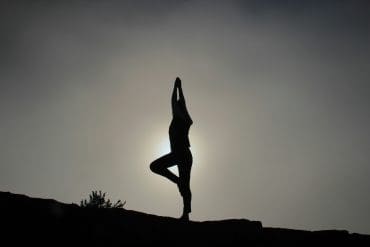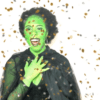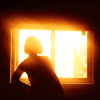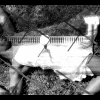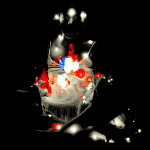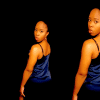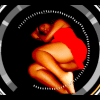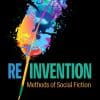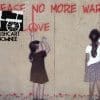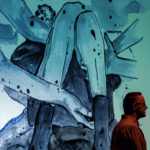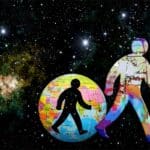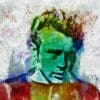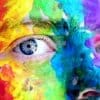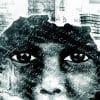Reviewing Evocative Autoethnography: What Do Editors Look for?
As a sociologist, when I think about autoethnography I consider C Wright Mills’ book, The Sociological Imagination. Mills wrote that social scientists should explore “history and biography and the relations between the two within society.” By “history” he meant the larger social context we are embedded in, while “biography” is the personal–your story, your experiences.
Jessica Gullion
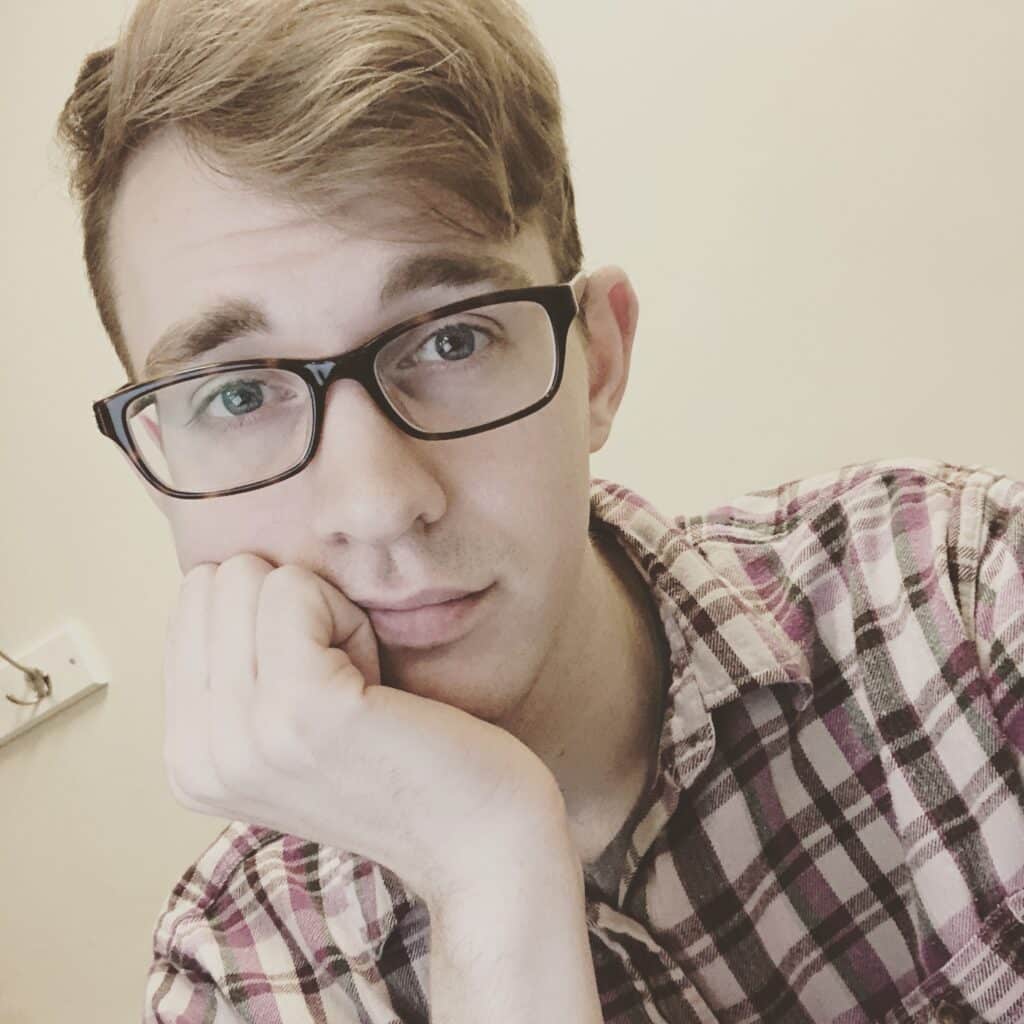
Autoethnography is attractive to me because it allows me to complete introspection that leads to healing and closure as I study and place myself inside of a work of art. It is exactly that, the flash of personality and identity, the moment of healing or of deep introspection, that I look for when I read autoethnographic work. I want to leave a piece feeling like I know the author all the better simply by reading their work.
I perceive autoethnography as a form of real-life scenario that includes hands-on and direct experience of individuals in their own settings. What draws me to autoethnography particularly is the depth and perspective which is normally crucial in the world of marketing, psychology and sociology. It is more of a description of a true self, and a free soul. As an editor in this magazine, I look for a clear separation between autoethnography and diaries.


I am attracted to autoethnography as a method because I see it as an opportunity to break away from being measured by the dominant, white, Western, male standard in academia. It is an opportunity to examine and reshape the prescriptive rules that privilege the “objective” removal of the self in writing which work to invalidate several compelling forms of self-expression. For me, autoethnography serves as one means of dismantling the gatekeeping tactics set in place by the powers that be. As an editor, I am looking for narratives that provide thoughtful, powerful, and compelling imagery/commentary in whatever area the artist chooses to submit. I do not expect all themes to be explicitly stated, but accessibility is important in a piece. As the individual is sharing their own personal narrative, I do look for the narrative to connect and speak to wider themes in society.
I am drawn to autoethnography for a number of reasons, chiefly because of its focus on creative examination of lived experience; that creative part excites me! Just as important is the opportunity for expression of personal voice in realms/genres where personal voice is typically marginalized, restricted, or rejected. I appreciate the intent to give power to a cultural insider, and the acknowledgment that reflective inquiry can be both process/product and is culturally embedded. Mostly I am drawn to the ability to express myself through storytelling. When reviewing submissions, I look to see that the contributor has presented a work that can engage me and stimulate critical thinking. I look to see that the contributor is specifically concerned with a cultural issue and that the contribution presents cultural inquiry in some way. I also look for a strong memo contextualizing the work as an autoethnography and clearly defining and discussing the cultural issue being examined.
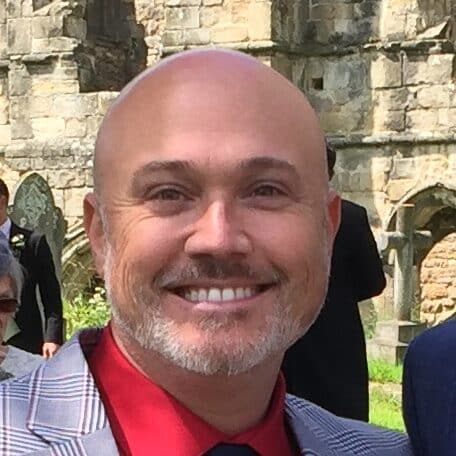
As an ethnographer I’m drawn to autoethnography for the fact that it offers a creative method to analyze peoples’ lives, their lived experiences. And in that journey multiple layers are brought to the fore that connects the personal to the cultural. When I review submissions I look out for that layer in the contribution that will hold my attention, provoke, entertain and more so how the theme connects to a cultural issue.
Antony Kaminju
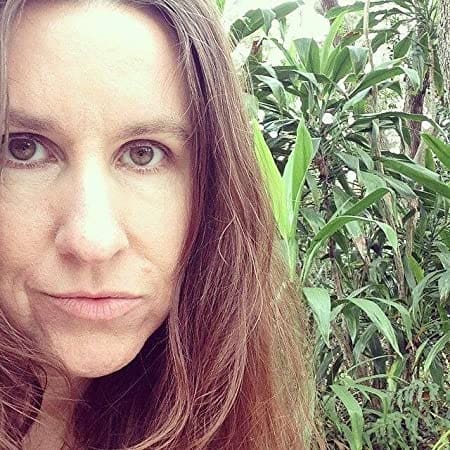
As a sociologist, when I think about autoethnography I consider C Wright Mills’ book, The Sociological Imagination. Mills wrote that social scientists should explore “history and biography and the relations between the two within society.” By “history” he meant the larger social context we are embedded in, while “biography” is the personal–your story, your experiences. When I read submissions, that is what I am looking for–how does your story inform the readers about a larger story? Without that, the writing is memoir. I believe we should keep a distinction between autoethnography and memoir, just as we do between ethnography and journalism.
I stumbled into autoethnography out of the need to make artistic work about deeply personal and difficult subjects that I knew were difficult and challenging subjects for many others. I’m a trained theatre artist/scholar who suddenly needed to create performance work to help me make sense of sibling loss and living with anxiety and depression. I needed to make my work to find a layer of meaning in these experiences that I couldn’t find in the work of existing plays and playwrights. It was the making and sharing of work, creation and transmission, that brought the meaning I was searching for. It’s more than simply sharing my story. It’s about connecting my story to larger contexts – sibling loss, grief, mental health/mental illness, public health – and allowing those connections to resonate in the work.


I am drawn to autoethnography because I found myself within it. I was both excited and humbled to discover that there is a world out there in which my experiences can speak to a commentary on society and culture and be considered not only valid, but worthy. As I read submissions for The Autoethnographer, I look for works that use personal experience to explore culture. I want to see personal experience used as a way to reflect and comment on the society and cultures that surround us.
I grew up sitting by the bonfire under the moon listening to stories narrated by my grandparents. The stories were rich with proverbs and idioms. At an early stage the idea of performance, listening, visualization was inculcated in me. Fast forward to decades later when I made a retrospective of my past and current photographic work, I saw a similar vein that runs across. They are commentaries of that curiosity in me, observation, experience of sights and sounds. My work may be my voice but also serves as a vehicle to amplify the bigger issues that face society. As an ethnographer I’m drawn to autoethnography for the fact that it offers a creative method to analyze peoples’ lives, their lived experiences. And in that journey multiple layers are brought to the fore that connects the personal to the cultural. When I review submissions I look out for that layer in the contribution that will hold my attention, provoke, entertain and more so how the theme connects to a cultural issue.

Featured Photo by Alex Iby on Unsplash



